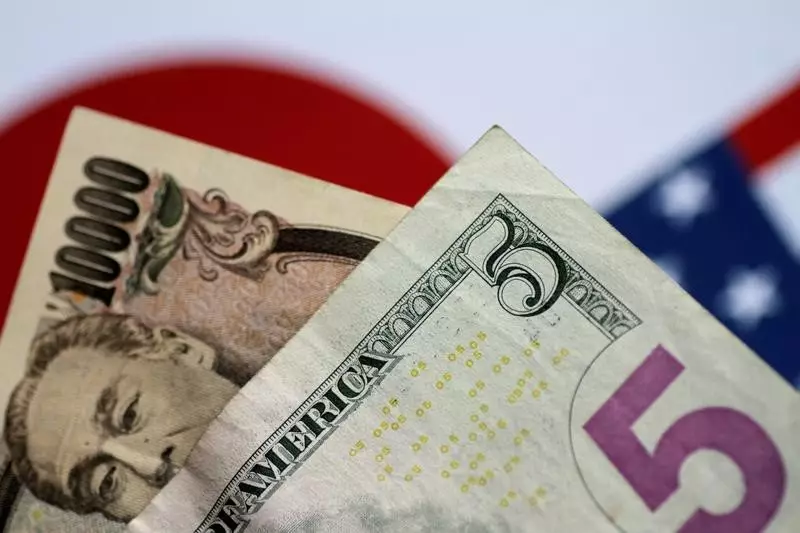The Asian currencies showed strength on Monday, with the Japanese yen notably rising sharply. This surge came on the back of growing speculations that the Federal Reserve would cut interest rates in September. The result was a 13-month low for the dollar, with most regional currencies benefiting from the positive sentiment. Fed Chair Jerome Powell’s remarks on Friday solidified expectations for a rate cut, leading to a widespread boost across Asian markets.
Powell’s statements at the Jackson Hole Symposium indicated a readiness to adjust policy in response to cooling labor market conditions. He highlighted the need for a policy shift while acknowledging the proximity of inflation to the Fed’s target rate of 2%. Despite this, the exact scale and timing of rate cuts will hinge on economic indicators, particularly the upcoming key inflation data. These remarks gave a clear direction to market participants and cemented the case for a September rate cut.
The Japanese yen emerged as one of the stronger performers in the region, with the USDJPY pair witnessing a 0.4% decline. This movement brought the pair close to levels last seen in early August, fueled by a hawkish stance from the Bank of Japan and increased safe-haven demand. The yen’s rise, however, posed challenges to the risk-on sentiment in Asian markets, as it signaled an unwinding of carry trades that had previously boosted capital inflows.
While the Japanese yen stood out, other Asian currencies exhibited mixed movements. The Chinese yuan’s USDCNY pair saw a slight decline following the People’s Bank decision to maintain its medium-term lending rate and withdraw liquidity. The Australian dollar’s AUDUSD pair also dipped after recent gains, while the South Korean won’s USDKRW pair recorded a modest rise. The Indian rupee’s USDINR pair stabilized after a significant dip from record highs seen on Friday.
The upcoming week holds significance as more U.S. economic data, including the PCE price index, is set to be released. This index, being the Fed’s preferred inflation metric, will play a crucial role in shaping the central bank’s future decisions on interest rates. The divergence in traders’ expectations, as reflected by the CME Fedwatch estimates, adds a layer of uncertainty to the market dynamics. The interplay between economic indicators, policy shifts, and geopolitical developments will continue to influence currency movements in the region.
The currency landscape in Asia reflects a complex interplay of factors, with the dollar’s weakness and rate cut expectations driving market sentiment. While the Japanese yen showcased strength, broader Asian currencies experienced varied movements. The upcoming economic data releases and central bank decisions will be crucial in shaping the near-term outlook for these currencies. Traders and investors need to navigate through the uncertainties and evolving trends to make informed decisions in this dynamic market environment.

